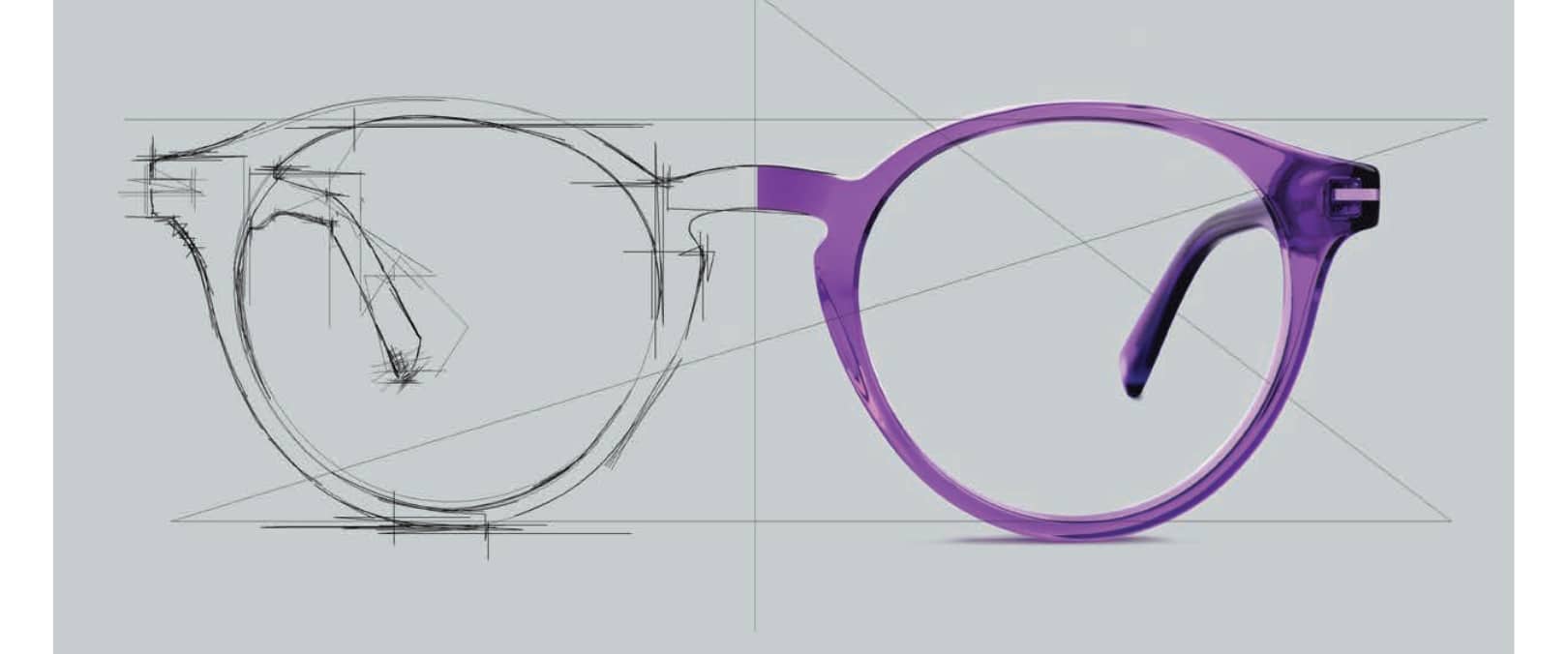Insights into Canadian and US Vision Consumers
Tuesday, September 1 2015 | 00 h 00 min | Practice Management, Survey
The Vision Council released the results of its first VisionWatch Canada survey of consumers August 27, 2015. The survey of 12,000 Canadian adults regarding vision correction provided some interesting insights into the Canadian market for examinations and devices and provides some initial benchmarks against the long-standing VisionWatch study in the USA.
Here are some of the highlights of the comparative numbers between Canada and US:
- While percent consumer use of any form of vision corrective device is similar (76% in both countries), the Canadian market shows a higher penetration of Rx glasses and a lower use of contact lenses, OTC readers and Rx sunglasses.
- The % of respondents having private vision coverage was reported at 29.4% – substantially lower than in USA – 49.9%.
- Prescription eyeglass usage, while slightly higher in Canada (67% vs. 64.2%) showed a longer purchase cycle – 2.5 years vs. 2.2 years.
- Ophthalmic frames were, like most consumer goods in Canada, more expensive by 7%, corrected for exchange rate differences.
- Eyewear sales by channel type; while Independent ECPs were nearly the same (44% and 45.5% respectively in Canada and US), Canadian retail optical chains have a much higher % of unit sales than the same channel in US and Mass Merchants and Department Stores are correspondingly lower in Canada compared to US.
- Canadians pay about 13% more for ophthalmic lenses, but curiously, pay less for Progressive lenses.
- While the % of glasses with photochromic lenses is reported as lower in Canada (12% versus 16%), both AR coatings and sun tints/polarized are substantially greater, which may account for some of the higher price point in Canada.
- Contact lens usage in Canada is reported as 9% of the adult vision corrected population compared to 16% in USA.
Steve Kodey, The Vision Council’s Senior Director of Industry Research, cautions that the data will become more reliable as further surveys are completed over the course of time. All data points are national and the sample size did not allow for any regional breakouts.








